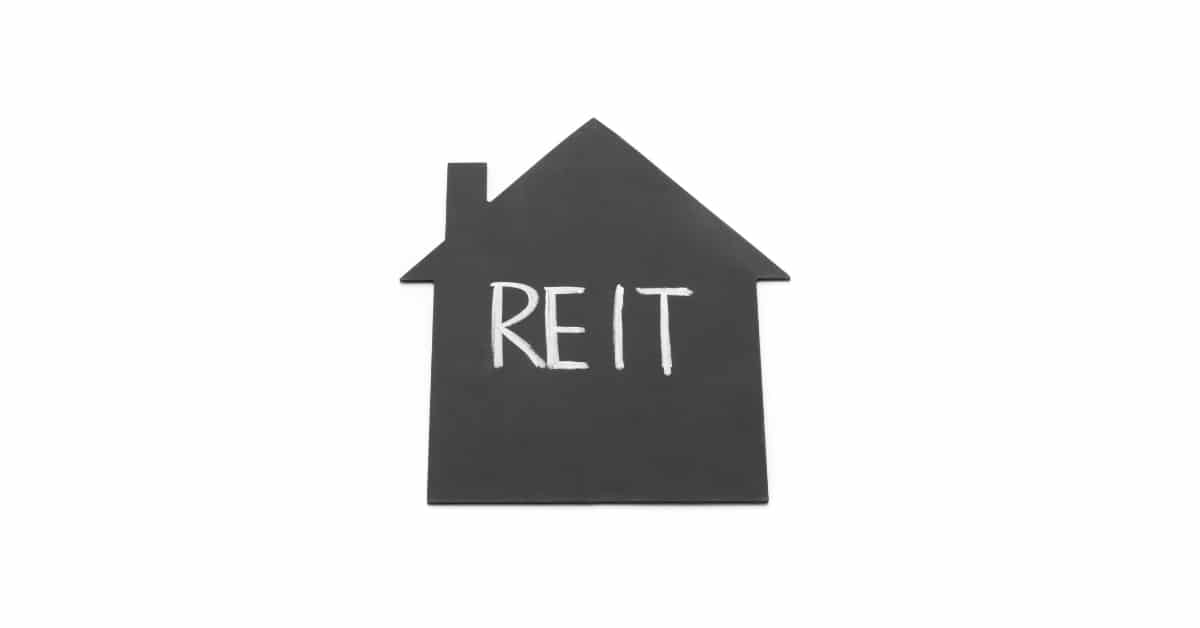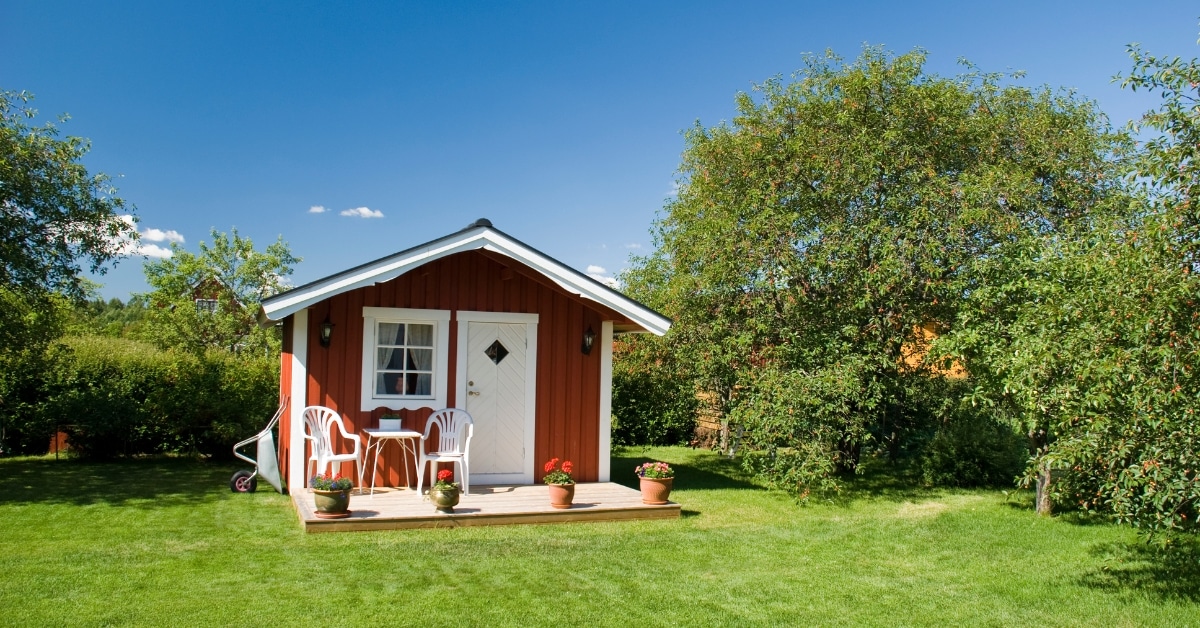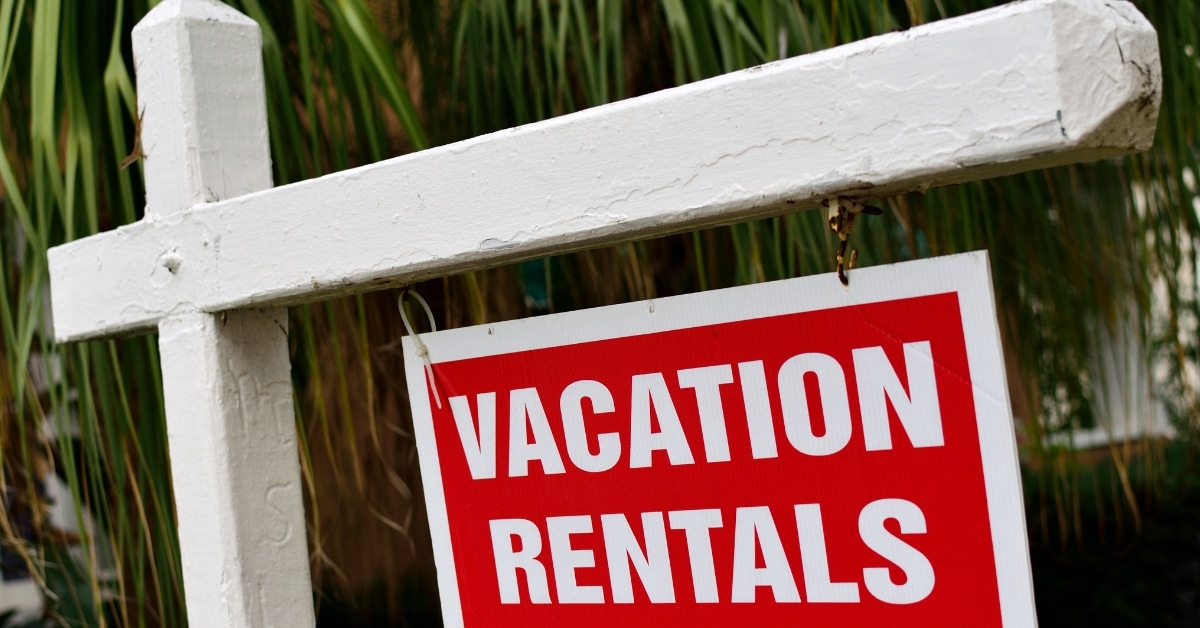
Are you looking for the perfect real estate investment strategies to diversify your portfolio? To pick the right strategy, you need to consider your goals, look at your finances, determine your threshold for risk, and choose a method that fits your lifestyle.
Learn more about choosing the right real estate investment strategy in this guide with step-by-step instructions, examples, and examples of various real estate investments.
Choosing the right real estate investment strategy can be challenging because there are so many options. So, here are a few steps you can take to determine which is right for you.
There are numerous real estate investment strategies you can use. To learn more about each, take a look at the list below.
1. Fix and Flip
Fix and flip investing is when an investor buys a distressed property, fixes it, and sells it for a profit. To fix and flip homes successfully, you need to acquire properties at a discount in desirable areas where houses are selling quickly.
2. All Cash
All-cash investing means, you purchase all of your properties without a mortgage. This can be a great strategy if you have money saved. You make more on your investment because you are not paying interest on mortgage loans.
3. Trade Up
When you trade up, you purchase cheap homes and trade them with homeowners looking to move. Trading up can take time because you have to find the right deals. You can often locate people willing to trade real estate on Craigslist. However, you have to look out for con artists.
4. Live-In Flip
Some investors buy a home and live in it while fixing it up to resell to cut their overhead. Choosing this method of real estate investing is a good idea for people who cannot afford to finance a second home. However, the downside is you must move when finding a buyer.

5. Syndication
Real estate syndication is when a group of people pools their money together to invest in real estate. It is a great option for investors with less money to spend on buying properties but who do not want to go into debt.
6. REITs
Real Estate Investment Trusts (REITs) are securities that allow people to invest in a diversified portfolio of properties. REITs have to distribute 90 percent of their taxable income, which is great for shareholders who want a routine income from their investments.

7. Buy and Hold
Buying properties and holding them or leasing them out is an excellent investment strategy. If you are financing your investments, you can have someone else paying for the mortgage as long as you have it rented. With a couple of rental properties, when you reach retirement age, you can sell the properties or live off your rental income.
Buy and hold is also popular with pieces of land. Investors will often buy large tracts of land in up-and-coming towns and sell them down the road when the land increases in value.
8. Live-In and Lease
When you live in and lease property, you rent the rooms out in your home, or you can also add a tiny home to your existing property. These are great ways to generate rental income without buying another home.

9. Wholesaling
Real estate wholesaling is the practice of finding real estate deals and selling the contract or right to buy the property to investors. You do not need a real estate license to assign contracts in many states.
However, to successfully wholesale property, you need to have a group of investors ready to buy. Otherwise, you may lose your earnest money.
10. Long-Term Rental Properties
Long-term rentals are properties you lease to tenants. When buying homes to rent, you need to ensure they are in a desirable area and ensure that your overhead is less than the market rent in the area using tools like the gross rent multiplier.
You can implement a long-term rental strategy by paying cash for properties or by financing them. Remember that if you mortgage your rental homes, you will likely not make more than a few hundred dollars each month until the home loan is paid.
11. Short-Term Rentals / Airbnb
Airbnb properties are a popular way for people to invest in real estate and enjoy a second home. You can rent the property during peak seasons and enjoy it during times when fewer people are traveling.

You can earn more than a traditional long-term lease if you own a popular property. However, if your property sits vacant most of the year, your overhead may be higher.
There are numerous real estate investment strategies you can follow. You can also combine more than one investment type to increase your diversification and protect yourself from bad investments.
If you are new to real estate investing, think about finding an experienced mentor who can help you learn the industry.
For more valuable information, take a look at the other posts here on topics like how to build an investment portfolio with high cash flow.
We encourage you to share this article on Twitter and Facebook. Just click those two links - you'll see why.
It's important to share the news to spread the truth. Most people won't.